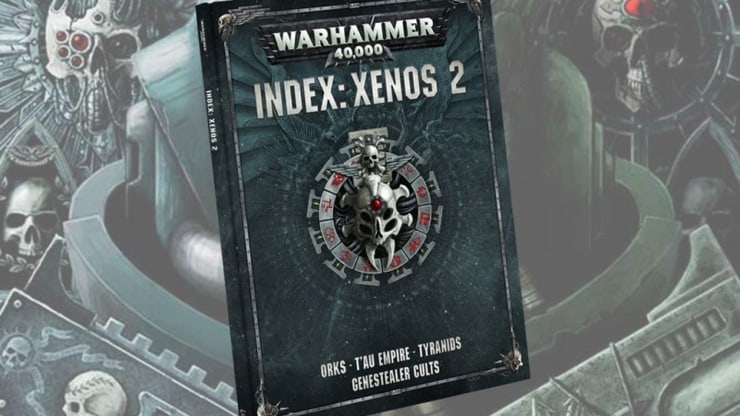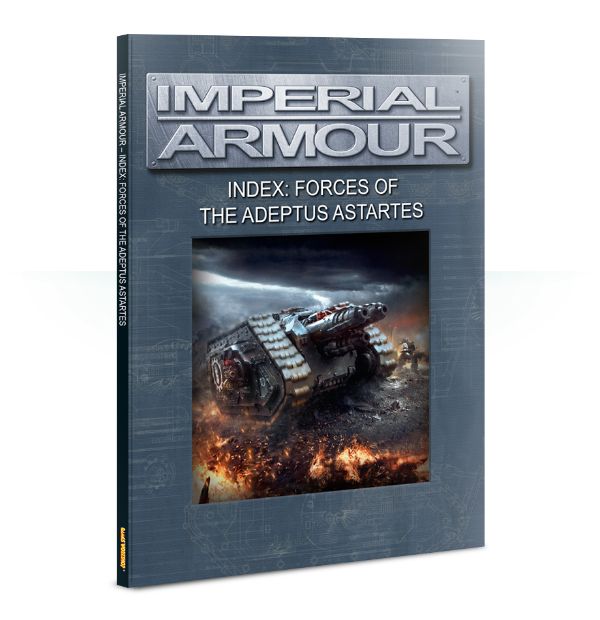


The animating idea behind this edition of the game was to provide more opportunities for players to participate in larger battles. The release of this edition was marked by the production of a boxed starter set containing Ork and Space Marine models with dice and a rules book. The 2nd Edition of Warhammer 40,000 was released in 1993 as part of Games Workshop's strategy to appeal to a younger fanbase and greatly expanded the number of factions and armies that could now be played. New models were released by Games Workshop for the line and the many people who had always enjoyed Warhammer Fantasy were now thrilled at the idea of Warhammer 40,000 as a tabletop wargame, which was essentially a dark science fiction or more properly a dark science fantasy setting with many of the same tropes and elements as its dark fantasy counterpart. Soon the Games Workshop hobby magazine, White Dwarf, started making army lists and devising strategies for people to use in these Rogue Trader games. These rules were later expanded by both Ansell and Richard Halliwell (both of whom ended up working for Games Workshop), although the rules were not a precursor to Rogue Trader. Much of the composition of the units was determined randomly, by rolling dice.Ī few elements of the setting ( Bolters, Lasguns, Frag Grenades, Terminator Armour) can be seen in a set of earlier wargaming rules called Laserburn (produced by the now defunct company Tabletop Games) written by Bryan Ansell. This original version came as a very detailed, though rather jumbled, rulebook, which made it most suitable for fighting small skirmishes. The game play of Rogue Trader was heavily oriented toward role-playing rather than strict tabletop wargaming. Game designer Rick Priestly created the original rules set (based on the contemporary 2nd Edition of Warhammer Fantasy) alongside the Warhammer 40,000 universe. The 1st Edition of the game, published in 1987, is referred to as Rogue Trader. 8.3 8th Edition Campaigns and Expansions.7.2 7th Edition Campaigns and Expansions.6.2 6th Edition Campaigns and Expansions.5.1 5th Edition Campaigns and Expansions.4.1 4th Edition Campaigns and Expansions.3.2 3rd Edition Campaigns and Expansions.2.1 2nd Edition Campaigns and Expansions.Publishers use these marks when books are returned to them. Remainder Mark - A remainder mark is usually a small black line or dot written with a felt tip pen or Sharpie on the top, bottom, side page edges and sometimes on the UPC symbol on the back of the book.If excessively worn, they will be marked as "tray worn." Flat trays for SPI games are not graded, and have the usual problems.If excessively worn, they will be marked as "card worn." The cardboard backing of miniature packs is not graded.In most cases, boxed games and box sets do not come with dice.Due to the nature of loose counters, if a game is unplayable it may be returned for a refund of the purchase price. Boardgame counters are punched, unless noted.Major defects and/or missing components are noted separately.Example, EX+ is an item between Excellent and Near Mint condition. A "plus" sign indicates that an item is close to the next highest condition.When only one condition is listed, then the box and contents are in the same condition.
#Warhammer 40k 8th edition rulebook and indexes code#
Boxed items are listed as "code/code" where the first code represents the box, and the second code describes the contents.


 0 kommentar(er)
0 kommentar(er)
